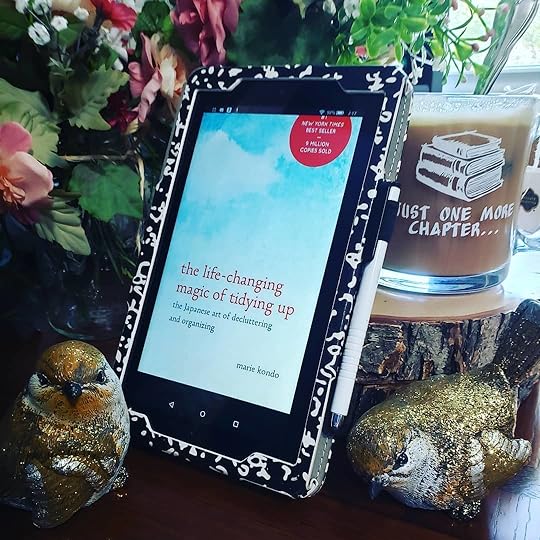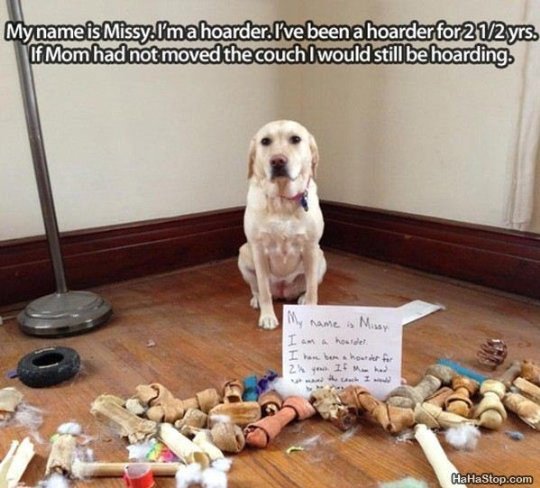What do you think?
Rate this book


Japanese cleaning consultant Marie Kondo takes tidying to a whole new level, promising that if you properly simplify and organize your home once, you'll never have to do it again. Most methods advocate a room-by-room or little-by-little approach, which doom you to pick away at your piles of stuff forever. The KonMari Method, with its revolutionary category-by-category system, leads to lasting results. In fact, none of Kondo's clients have lapsed (and she still has a three-month waiting list).
With detailed guidance for determining which items in your house "spark joy" (and which don't), this international best seller featuring Tokyo's newest lifestyle phenomenon will help you clear your clutter and enjoy the unique magic of a tidy home - and the calm, motivated mindset it can inspire.
213 pages, Hardcover
First published December 27, 2010
Imagine yourself living in a space that contains only things that spark joy. Isn't this the lifestyle you dream of? Keep only those things that speak to your heart. Then take the plunge and discard all the rest. By doing this you can reset your life and embark on a new lifestyle.
The most common reason for not discarding a book is "I might read it again." Take a moment to count the number of favorite books that you have actually read more than once ... In the end, you are going to read very few of your books again ... So when deciding which books to keep, forget about whether you think you'll read it again or whether you've mastered what's inside. Instead, take each book in your hand and decide whether it moves you or not. Keep only those books that will make you happy just to see them on your shelves, the ones that you really love.
Each object has a different role to play. Not all clothes have come to you to be worn threadbare. It is the same with people. Not every person you meet in life will become a close friend or lover. Some you will find hard to get along with or impossible to like. But these people, too, teach you the precious lesson of who you do like, so that you will appreciate those special people even more.
When you come across something that you cannot part with, think carefully about its true purpose in your life. You'll be surprised at how many of the things you possess have already fulfilled their role. By acknowledging their contribution and letting them go with gratitude, you will be able to truly put the things you own, and your life, in order. In the end, all that will remain are the things that you really treasure.
Looking for a new book but don't want to commit? Check out my latest BooktTube Video: One & Done - all about fabulous standalones!
By no exaggeration, Marie Kondō has spent her entire life tidying.
The question of what you want to own is actually the question of how you want to live your life.
The space in which we live should be for the person we are becoming now, not for the person we were in the past.And the secret? Joy.
Clutter is caused by a failure to return things to where they belong. Therefore, storage should reduce the effort needed to put things away, not the effort needed to get them out.She wants to make the world a happier, healthier and (above all) a tidier place.
But when we really delve into the reasons for why we can’t let something go, there are only two: an attachment to the past or a fear for the future.After reading her book/watching her Netflix series, I was able to cut out all those extra clothes and really make my wardrobe manageable!
For books, timing is everything. The moment you first encounter a particular book is the right time to read it. To avoid missing that moment, I recommend that you keep your collection small.Hmmm...does (literally) having a bookshelf in every room of the house (excluding the bathroom) count?

1) She talked as though inanimate objects have feelings or as though they are alive so you have to say goodbye to them and a nice thought before throwing them away. You don't want to hurt their feelings since they no longer bring you joy. She thinks that socks shouldn't be balled up because they deserve to rest comfortably since they are a medium being rubbed between your feet and your shoes. Poor socks.
2) When she goes to someone's house to help "tidy" (organize) she bows in the middle of the room and greets it and also thanks it for allowing her to tidy it up. Basically she and the room connect at an intimate level before she goes stripping it down to its bareness. Oh, and she wears a dress and blazer when tidying to show respect to the house (not its occupant) and thinks you should too. Sweat pants are a big no-no ladies! And don't forget to clean out your purses on a daily basis. No bloated purses for you.
3) She claims that tidying rids the body of toxins and that she sees it quite often. She claims that it clears the skin and trims the waistline. So don't be alarmed if after purging you get a pimple or your belly starts to rumble. She said that after one of her clients tidied up her space she immediately had diarrhea (yes, she went there) as though her body was purging its junk out too.
4) Once when she replaced her cell phone, she was sure to send her previous phone a text message thanking it for its service. When she did this, her phone (that always worked properly) died and never worked again. It was like it knew it's job was done.


